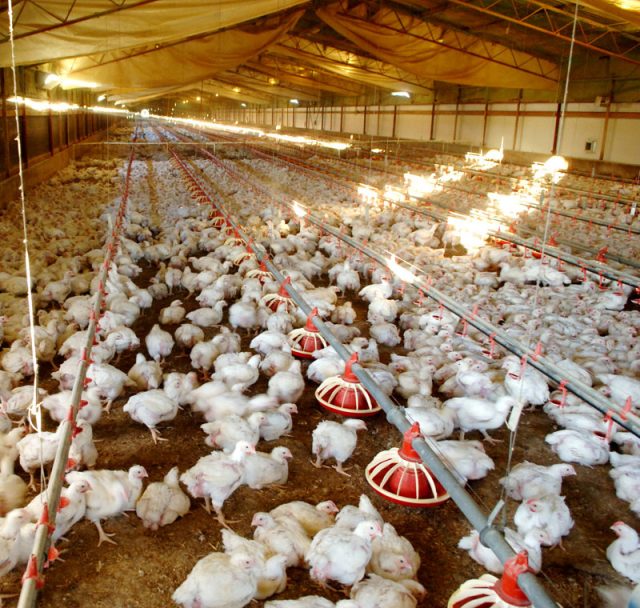Superbugs, unknown to many, are steadily endangering the progress of modern medicine across the world and have put scientists in a dilemma. In layman’s terms, they are bacterial and fungal infections that have become resistant to various antibiotics.
The World Health Organization had warned in 2015 of an approaching “post-antibiotic” era, which would mean a world where most of the infections are not being capable of being treated with antibiotics.
IMAGINE A WORLD WHERE SOMETHING AS TRIVIAL AS TUBERCULOSIS IS MORE DIFFICULT TO TREAT THAN A THIRD STAGE CANCER.
Current estimates state that antibiotic-resistant infections annually kill about 700,000 people around the world, and this figure could reach to a staggering 10 million by 2050.
What Is The Superbug Crisis?
Superbug Crisis has led to the manifestation of antibiotic resistance in humans. Antibiotic resistance occurs when bacteria change in response to the use of antibiotics and become resistant to the attack posed to them hence rendering these antibiotics absolutely useless.
For example, increased number of infections such as tuberculosis, pneumonia, gonorrhea, and salmonellosis are becoming more and more difficult to treat as the antibiotics that are used to treat them have become less effective.
Why is India Being Blamed?
India is being touted as the global breeding ground for the above-mentioned problem which really isn’t an achievement to be proud of. Our situation is different from the other developing nations, because of the extent and abundance of the factors present here that fuel these superbugs.
Antibiotic use is the major propeller in making bacteria more and more powerful and resistant as explained by overprescribing, unregulated use of antibiotics and the infamous over-the-counter dealings that is rampant in rural as well as urban India.
In villages across India, diseases like cough and cold and diarrhea are being treated with antibiotics which only increase the body’s susceptibility to attract bacteria and viruses.

In 2010, India consumed more antibiotics than any other country. And shockingly, the nation’s intake spiked by 62 percent from 2001 to 2010.
What Has Indian Poultry Farming Got To Do With It?
Indian poultry farming structure is one of the most widespread in the world and is growing at a steady rate,. However, most of these farms are in an unsatisfactory state because of overpopulation and uncleanliness. Since most of these farms are unhygienic, antibiotics are being used merely to keep the birds alive by protecting them against diseases.
Antibiotics are also given to make them meatier and gain weight faster so that larger profit can be generated. One of these drugs typically given this way is colistin.
Doctors call it the “last hope” antibiotic because it is used to treat patients who are critically ill with diseases that have become resistant to nearly all other drugs.
No points though for guessing which crazy nation actually thinks that it is absolutely okay to feed this lifesaver drug to chickens instead. A study, citing an example of a poultry farm in Rangareddy district near Hyderabad says that Indian poultry farms are continuously pumping antibiotic dosage into the birds.

The WHO has restricted the use of antibiotics like colistin to be highly minimized in their use for animals and absolutely be banned as growth enhancers.
However, after such strict regulations too, tonnes of colistin was shipped to countries including Vietnam, India, South Korea and Russia in 2016.
In India, popular animal pharmaceutical companies are openly selling poultry products containing colistin as growth promoters, one of them being the famous meat product supplier, Venky’s.
Also Read: What Can India Do In The Maldives Crisis
What Should Be Done?
There is a dire need for transparency in the actions of pharmaceuticals because we know practically nothing about where and how our drugs are made and how antibiotics discharge is treated by them.
Discharge limits have to be imposed on these big pharmas and it has to be made sure that they are being adhered to.
Continuous increased investments in the R & D, to develop newer, effective antibiotics is important, but so are measures to encourage prudent use of existing drugs.
The public should be educated about the fact that increased dosage of antibiotic is more deathly than beneficial and how antibiotic intake should only be restricted to bacterial infections only.
It’s high time that the government takes some stringent action against the vendors who are illegally using antibiotics to fatten the birds and slap heavy fines on the big pharma offenders too.
A concerted effort has to be made to put a stop to this ever-growing superbug crisis otherwise the day isn’t far when the entire mankind will be jeopardized by this global health emergency.
Image Credits: Google Images
Sources: The Week, The Hindu, BBC
Also Read:
http://edtimes.in/2018/02/winter-olympics-2018-has-2-indian-sportspersons-only-know-who-they-are-video/



































